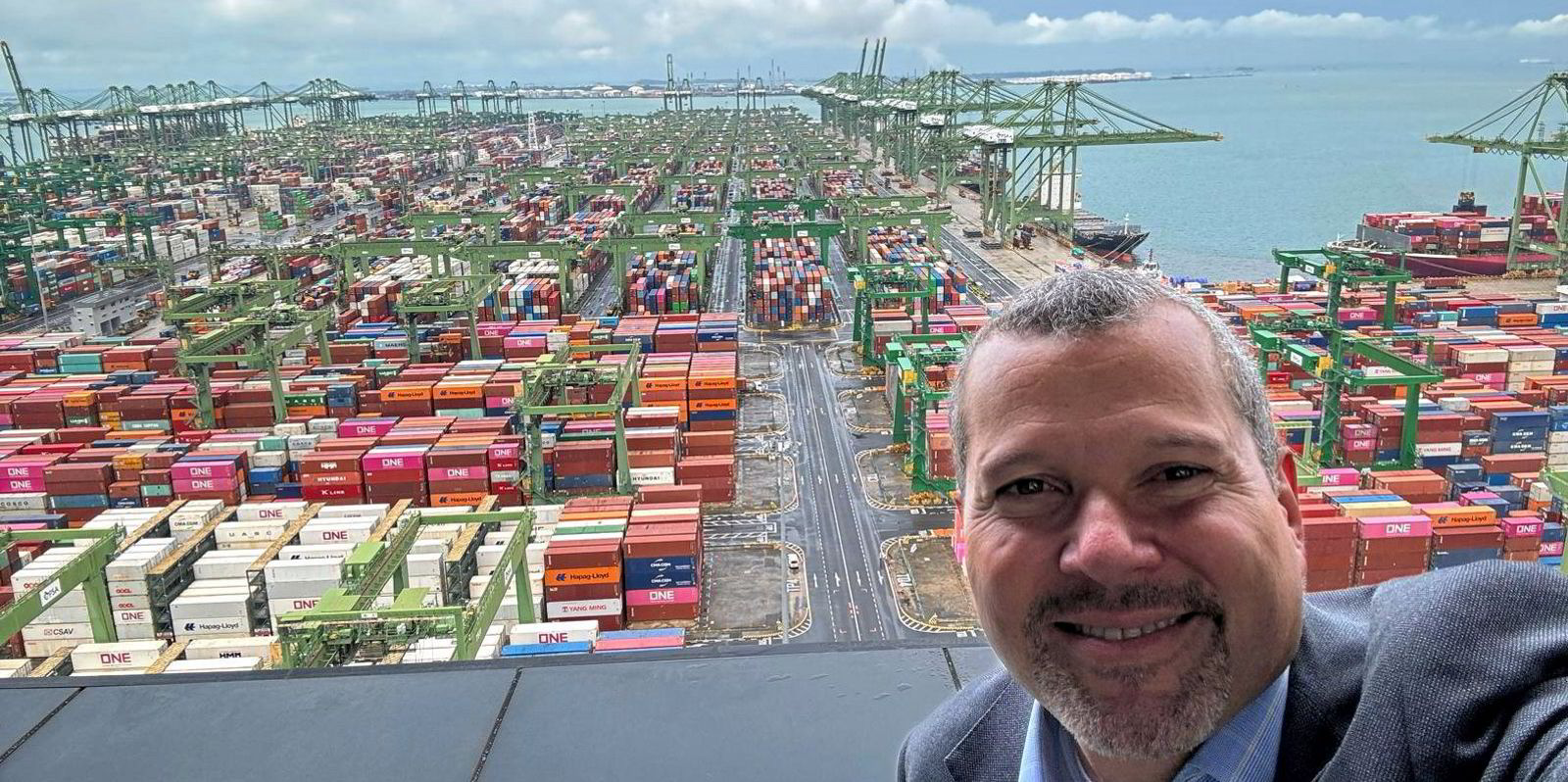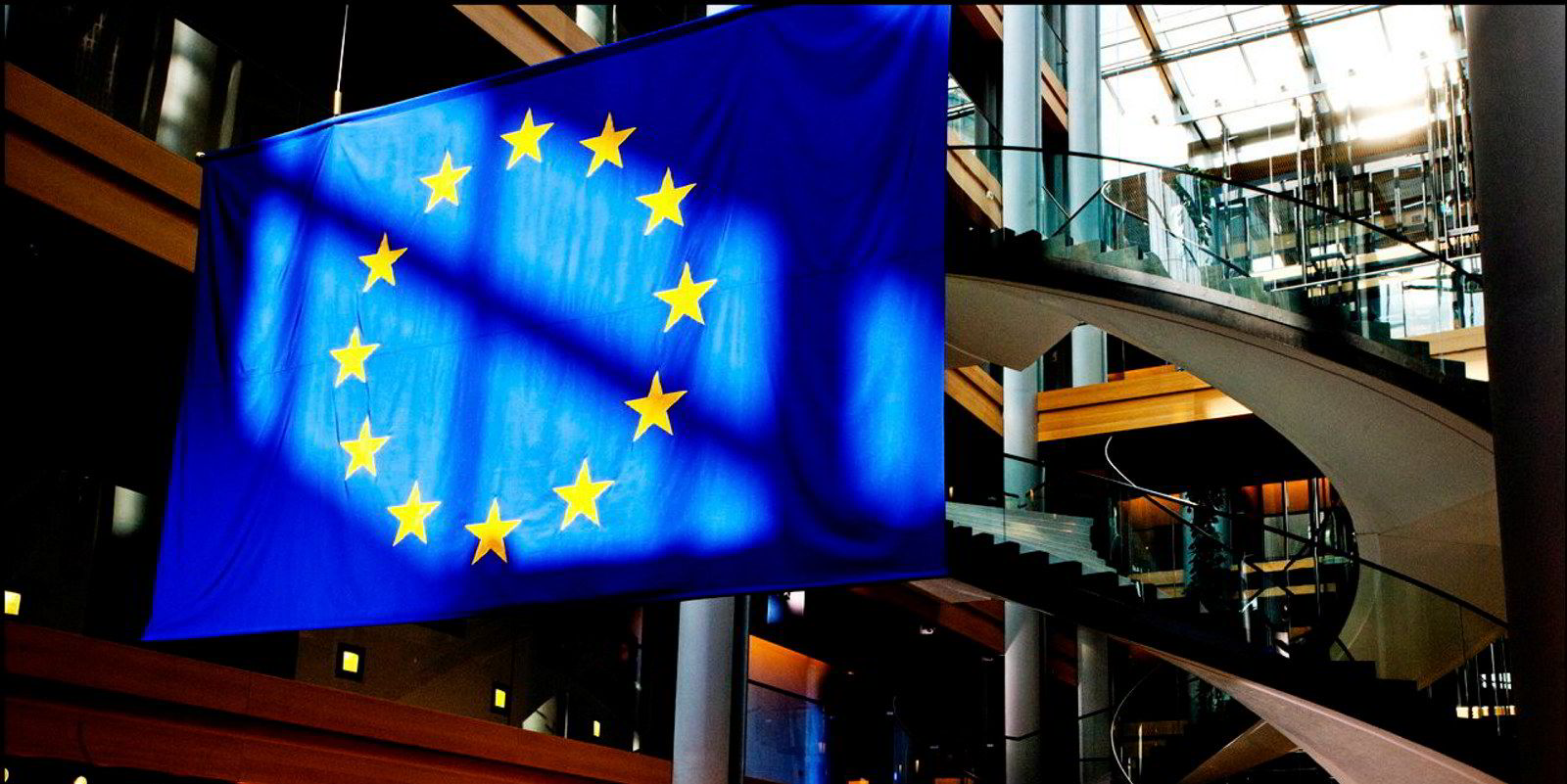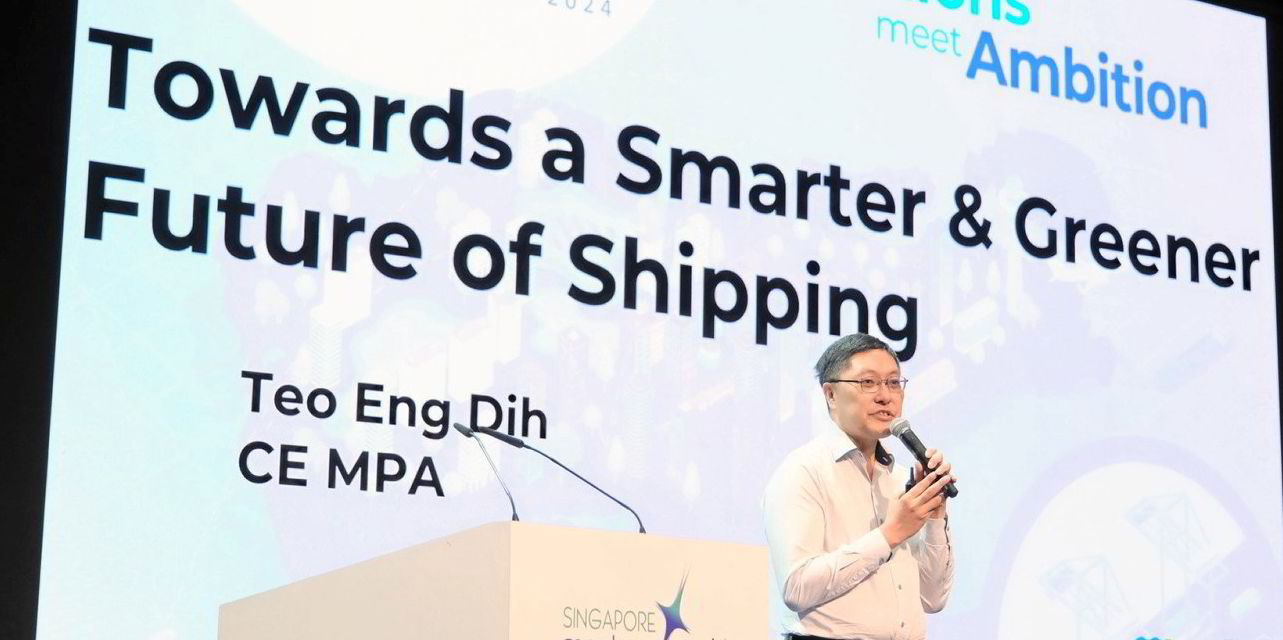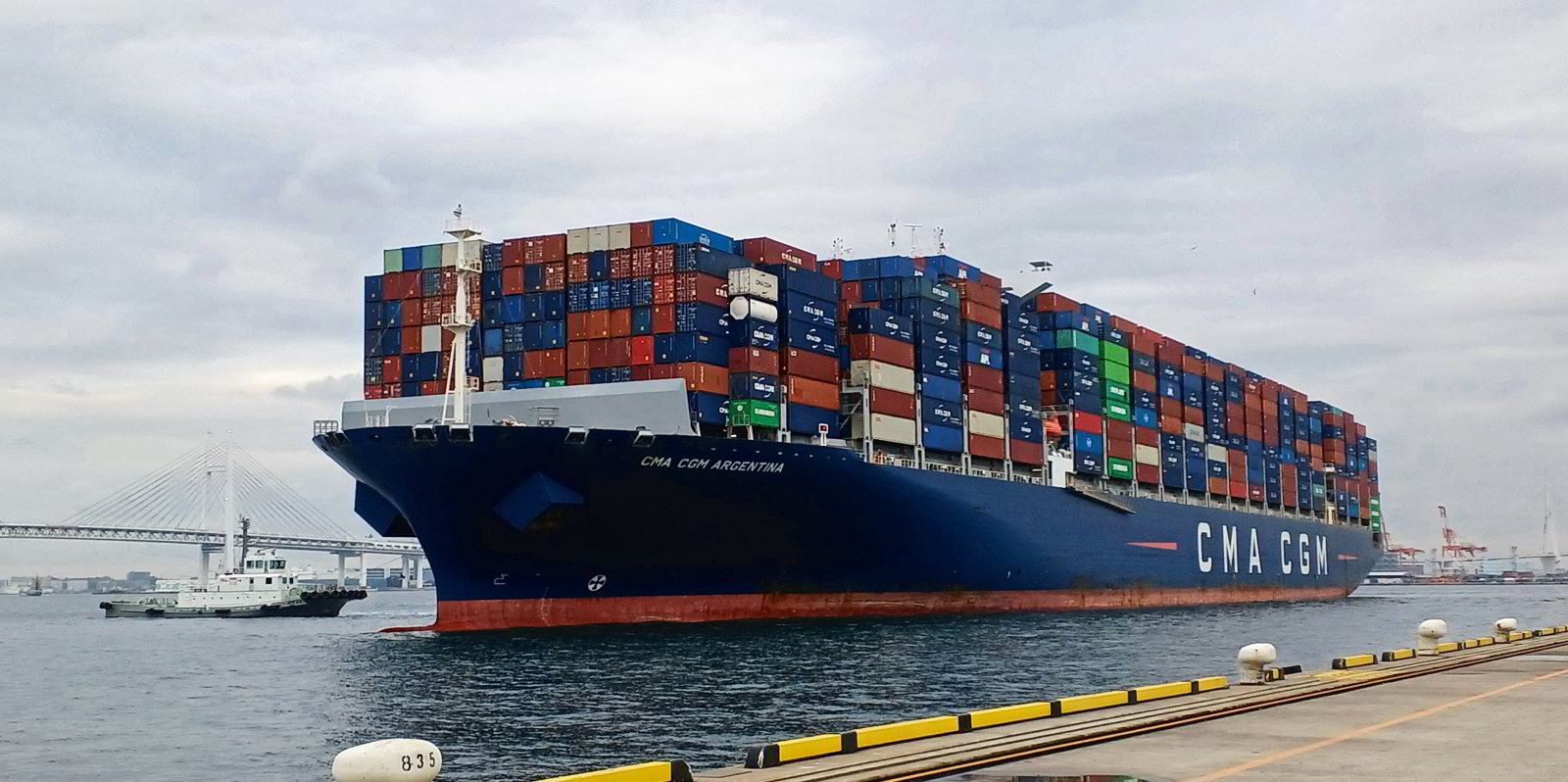Large-scale job creation could be among the many socio-economic benefits of green shipping corridors, research published at Singapore Maritime Week found.
A study commissioned by Singapore’s Maritime & Port Authority (MPA) and the US container ports of Los Angeles and Long Beach found that the corridors could also lead to health improvements for local communities, as well as economic benefits for participating countries.
It was found that the Green & Digital Shipping Corridor (GDSC) between Singapore and the US West Coast could create more than 700 job opportunities in zero and near-zero emission fuel production by 2030.
The study, conducted by the American Bureau of Shipping, analysed maritime trade flows between the three ports and provided a baseline of activities and energy demand requirements for vessels operating on the corridor through 2050.
A total of 642 unique vessels were identified making 1,606 voyages between the first quarter of 2021 and the third quarter of 2023.
It found that 80% of vessel traffic in the corridor is container traffic, 12% is petroleum products and 6% is ro-ros.
It is estimated that while making those 1,606 voyages, the 642 vessels consumed 3.9m tons (35m tonnes) of oil resulting in 5.7m tons of greenhouse gas emissions per year.
It was also found that most voyages are indirect in nature, and energy consumed by direct voyages accounts for just 2.5% of traffic.
Close to 98% of the corridor’s energy demand is met with conventional fuels, with much of the rest being met by LNG.
The study found that most direct voyages between Singapore and California are by-product tankers and general cargo vessels.
Other segments typically make at least one interim port call between the two ends of the corridor, with China emerging as the primary destination for intermediary port calls, particularly for handling container ships.
“With the container ship and tanker segments being the main drivers for the establishment of a green corridor, it appears that the majority of voyages along the corridor will include other intermediary port calls with the possibility of bunkering,” the study said.
“For this reason, wider collaboration with such intermediary ports should be investigated for the development of sufficient alternative fuel capacity.”
Another key finding was that vessels operating on the corridor represent 7% of the world’s container trade, which is about 1% of Singapore traffic, 14.5% of Port of Long Beach and 20% of Port of Los Angeles.
Shipping demand on the corridor is estimated to be 850,000 tons of methanol and 160,000 tons of ammonia annually by 2030, displacing the equivalent greenhouse gas emissions from almost 320,000 cars annually.
Commentating on the study, MPA chief executive Teo Eng Dih described shipping as a new pillar in Singapore’s multi-faceted partnership with the US.
“The GDSC with the ports of Los Angeles and Long Beach highlights the importance of working with industry, researchers, government and society through innovation and capacity building,” he said.
“With traffic along the GDSC accounting for 7% of the world’s container trade, the initiatives by GDSC partners and stakeholders will help generate growth and new opportunities for maritime professionals.”
Port of Los Angeles executive director Gene Seroka said the study provides a sense of scale and scope to inform the implementation of the corridor.
“Achieving the reductions of greenhouse gas emissions required will take coordination and commitment from public and private stakeholders across the maritime and goods movement industries,” he said.
Port of Long Beach chief executive Mario Cordero said Long Beach and its partners have been successful in reducing emissions from cargo-handling equipment, trucks and other mobile sources moving cargo in the harbour.
“One of the most important parts of this partnership is it allows us to better understand and target a source of emissions that is hard for us to control as a local seaport authority — shipborne emissions,” he said.
“This work, vital to our net-zero emission quest, will result in economic and health benefits all along the trans-Pacific trade corridor.”







